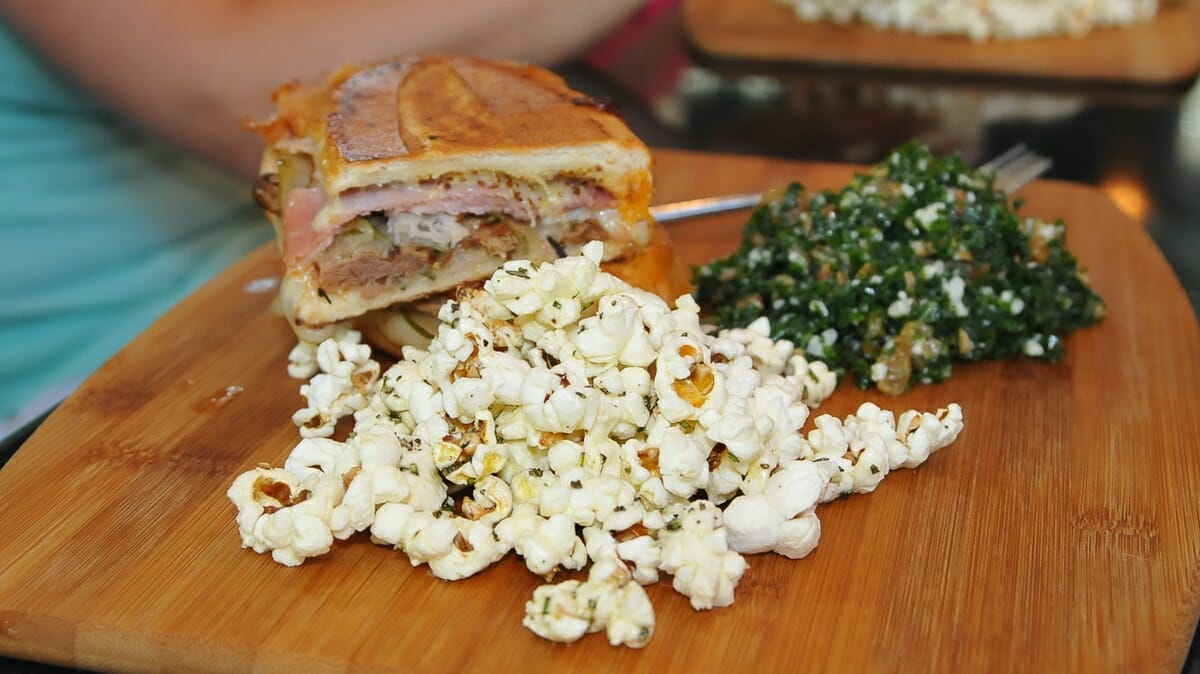By Celia Strong
Fun in Tuscany. I’m thinking that this week’s wine and lesson are the result of remembering that just about a year ago I was going to Italy. To a villa up a hill from Florence. In Tuscany. Seems obvious, right? Nonetheless, here we go.
If you view, in your mind, the map of Italy as resembling a high-heeled boot, then Tuscany is just above the knee on the front (western) side of the leg. There are 33 DOC wine designations in the region. And, 9 DOCGs, the highest rated of Italian wines. The history of wine in Tuscany goes back to the 8th century BC. The Etruscans, then the Greeks, and, of course, the Romans all played their part in the development of wines the area. After the fall of the Roman Empire and through the Middle Ages, Catholic monasteries were the main grape growers and sources for wines. With the emergence of aristocratic and merchant classes, share-cropping and a system known as “mezzadria” became the norm. Those owning land provided use of their lands and resources for planting in return for half, “mezza,” of what was grown. In Tuscany, many landowners used their half of harvested grapes to make wines they could sell to the merchants in Florence. The first wine merchant’s guild was created in 1282. The “Arte dei Vinarrieri” guild established regulations for where and when wine could be sold. Not within 100 yards of a church, not to children under the age of 15 or to prostitutes, ruffians or thieves. Hmmm. In the 14th century, almost eight million gallons of wine were sold every year in Florence. Nice!
Leaping forward, to the end of the 20th century, we come to our winery for this week. Brancaia (bran-kigh-ah). In 1981, a Swiss couple, Brigitte and Bruno Widmer fell in love with and bought the abandoned Brancaia property. It was known as Castellina in Chianti. Two years later, one of their wines made first rank in an important Chianti Classico tasting. More land purchases and more great wines followed. Since 1998, Barbara Widmer, the daughter of Brigitte and Bruno, has worked as oeneologist and manager of the three wine estates the company now owns. Brancaia, today, is one of Tuscany’s leading wineries.
The three estates we just mentioned need to be looked at for a moment. The original purchase of Castellina in Chianti was augmented with Poppi (Radda in Chianti) in 1989, and the founding of Brancaia in Maremma (only 6.2 miles from the Mediterranean coast) in 1998. These three estates account for just over 200 acres of vineyards. Barbara, the daughter, lives on her land and walks the vineyards every day. For sure, she and her workers know their grapes well. Many of these workers are employed year round. That means they are involved in growing the grapes and making the wines. At Brancaia, the feeling is if they do more, they will care more. Having drunk these wines frequently I can agree! Besides caring for their employees, Brancaia uses sustainable farming and other top quality techniques. In the fields and in the winery. And it shows, too.
Our wine this week is our proof. Brancaia Tre is named for the three estates its grapes come from. And the three varieties in it. This is a Tuscan red that is a blend of 80% Sangiovese and 20% Merlot and Cabernet Sauvignon. Sangiovese is the main grape of all Chianti DOCG wines, and its many clones are responsible for other Tuscan wines, DOC and DOCG. Young Sangiovese wines have fruity strawberry flavors and a little spiciness. With some barrel aging, they gain more depth and complexity, sour cherry and earth flavors, tea leaf notes and mild tannins and acidities. Blended with Merlot and/or Cabernet Sauvignon they reach new heights. With the quality of grapes and techniques used at Brancaia, we get a very highly rated wine. The grapes are hand harvested. Gently pressed. Fermented and macerated for 18 days, then aged for 12 months in barrels and at least two months more in bottles. This wine is elegant and well-structured with terrific fruit flavors, smooth textures and a long, lingering finish that keeps you remembering it. A very special addition to our drinking repertoire. For $16.99.
For those of us who really want to appreciate Brancaia, they also make a wine called Ilatraia. Lucky or not, this was my introduction to Brancaia. (I say lucky because it is so good. Unlucky because it does cost more. Worth every penny, but not for every day. Not my everyday anyhow. This wine is bound to elevate your perception of great red wines from Tuscany. And, they do make a ton of great ones. Ilatraia is a blend of Cabernet Sauvignon, Petit Verdot and Cabernet Franc. The exact percentages vary from vintage to vintage, but always in that order. What doesn’t vary is the power and energy and full mouthful of flavors and textures. One sip and it owns you. For $46.99.
So, two wines from a great Tuscan producer. Both with dozens of reasons to try them and love them and buy them. Just like the Widmers did when they first saw the abandoned winery. Owning them is the best. Enjoy.



